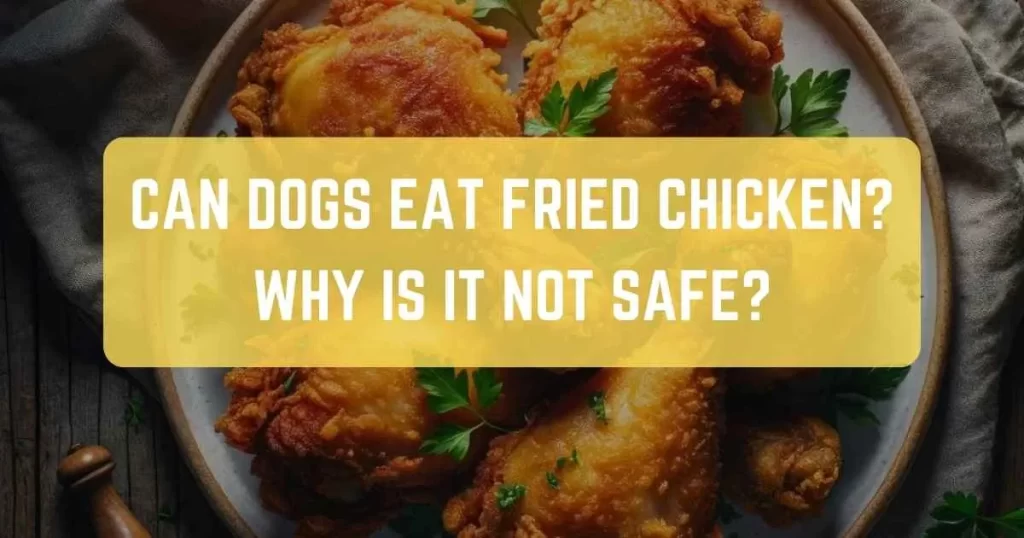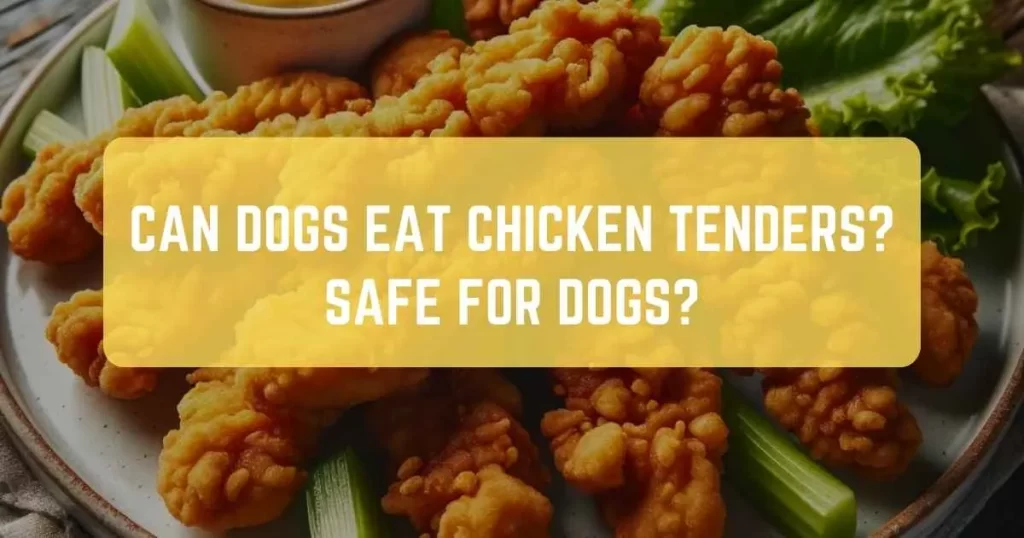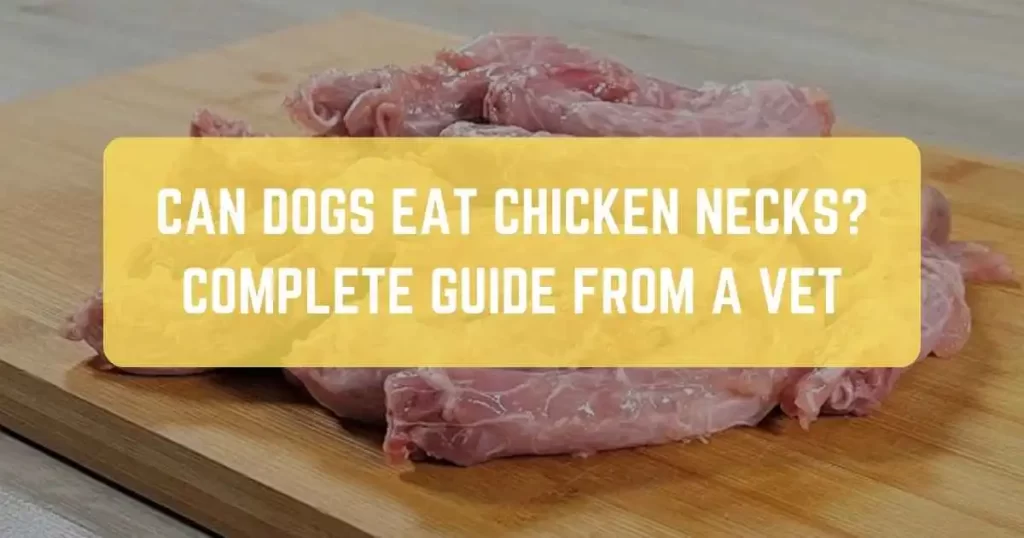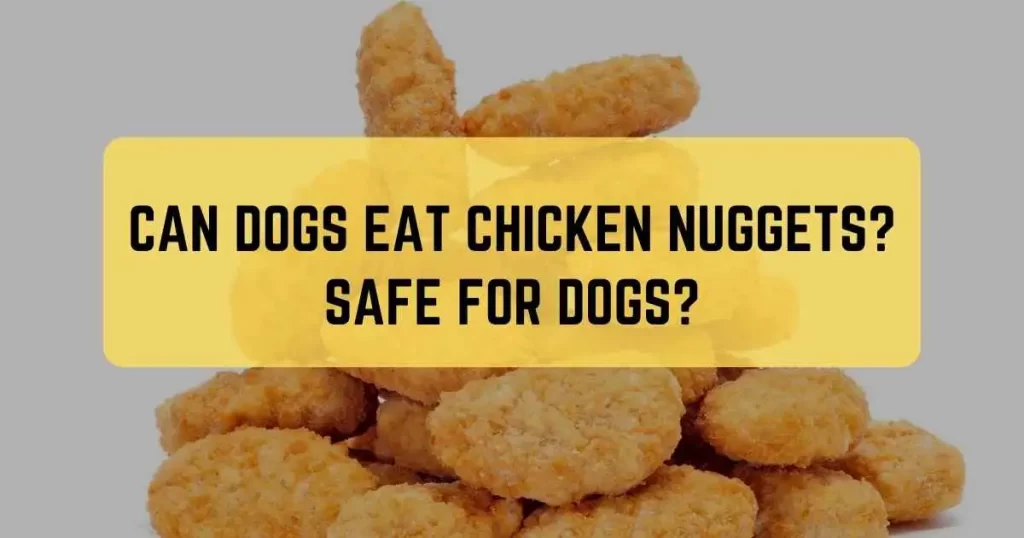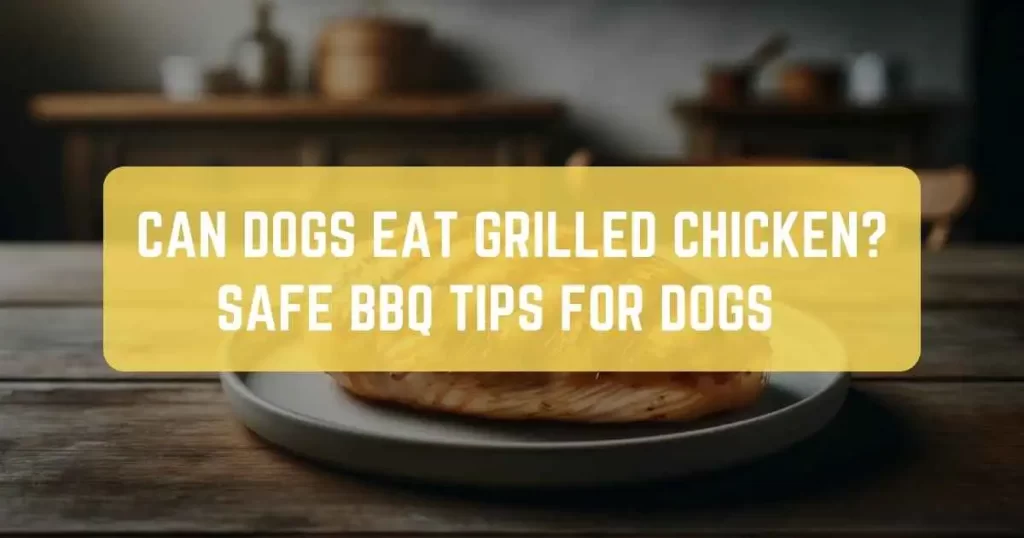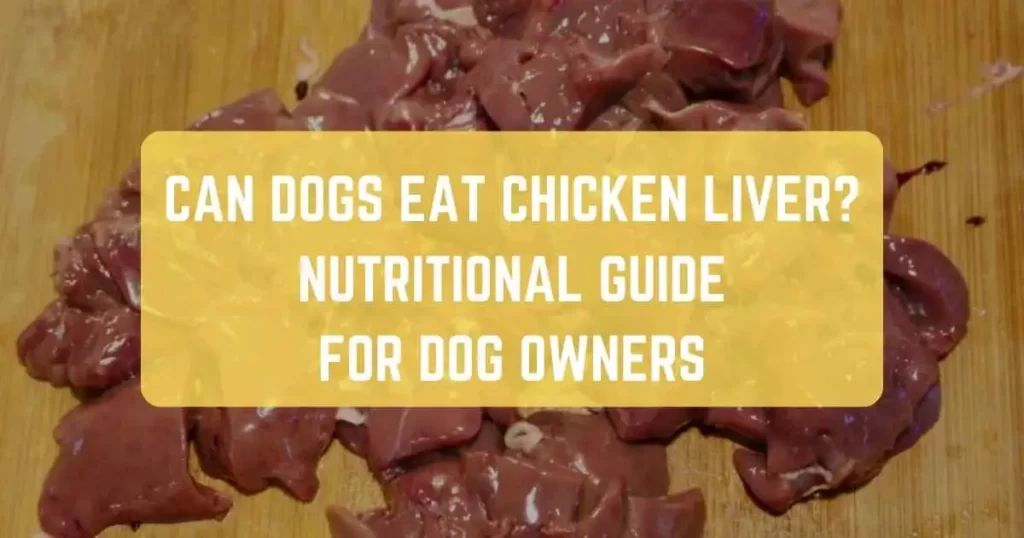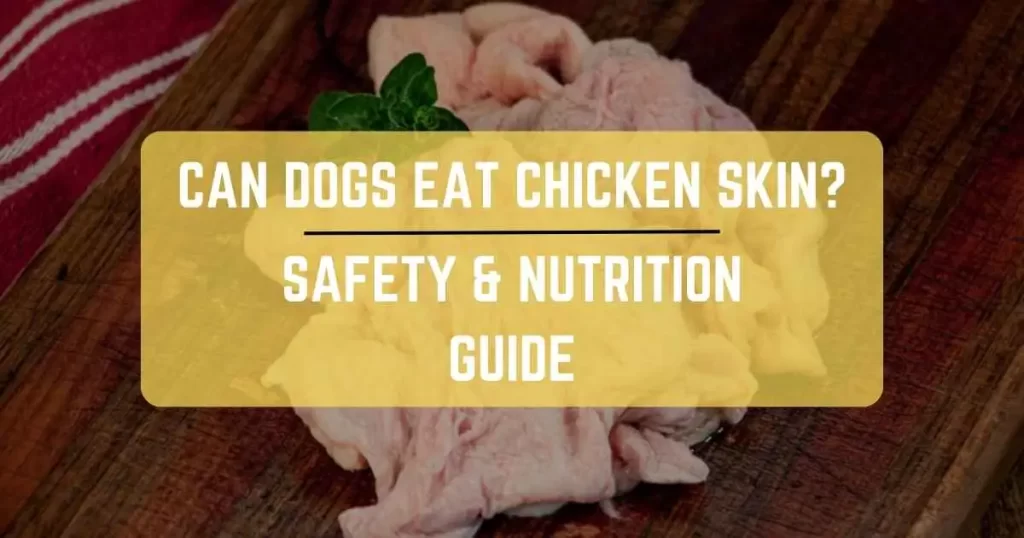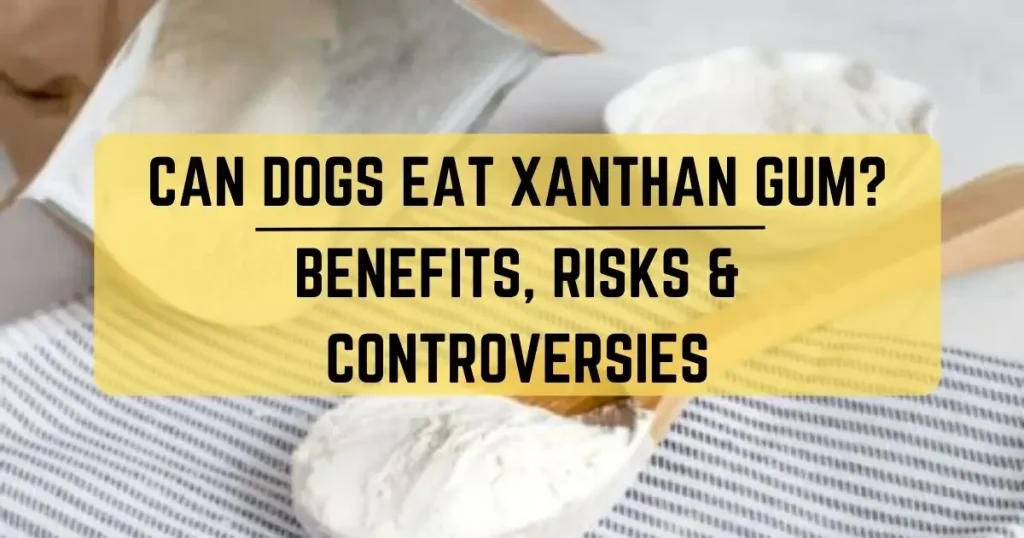
Discover the surprising truth about xanthan gum in your dog’s food. From enhancing texture to potential risks, this seemingly harmless additive holds more than meets the eye.
Unveil the mysteries behind its role as a natural binder and stabilizer, and find out whether it’s truly gum safe for dogs.
Delve into the world of pet nutrition as we explore the use of xanthan gum in feeding your furry companion.
Stay tuned to uncover insights into this naturally occurring substance and its interaction with your dog’s well-being.
Can Dogs Eat Xanthan Gum?
Yes, dogs can ingest xanthan gum as it is generally safe and non-toxic for them. However, it’s not a necessary part of a dog’s diet and should not be a regular ingredient in their meals. However, large amounts may cause digestive upset, so it’s important to ensure your pet’s food doesn’t contain excessive amounts of this additive.
What is Xanthan Gum & Why is it in my Dog Food?
Xanthan gum might sound like a mouthful, but it’s actually a common food additive found not only in pet food but also in human products. This white powder is made through a fermentation process involving a bacterium called Xanthomonas campestris.
Don’t worry, it’s not as complicated as it sounds! Pet food manufacturers use xanthan gum to help stabilize and thicken wet or canned pet food. It’s like a natural food glue that prevents ingredients from separating, which is particularly handy in wet dog foods.
Plus, it can make the food look more appealing – after all, we all know dogs can be quite visual eaters!
Benefits & Risks of Adding Xanthan Gum to Dog’s Food
Adding xanthan gum to your dog’s food comes with both benefits and potential risks. Let’s break it down:
Benefits:
- Texture Enhancement: It can give wet pet food recipes a more appealing texture, making it easier for your dog to eat and digest.
- Stabilization: This additive helps maintain the consistency of the food, preventing it from turning into a soupy mess.
- Natural Binding: It can act as a natural binder, ensuring that the food holds together well.
- Diabetic Dogs: It may assist in managing blood sugar levels, which is crucial for diabetic dogs.
Risks:
- Digestive Upset: Some dogs might experience loose stools or gastrointestinal discomfort when consuming xanthan gum.
- Confusion with Xylitol: While It is safe for dogs, it’s important not to confuse it with xylitol, which is extremely toxic to dogs.
- Amount Matters: Like anything, moderation is key. Too much of this gum might lead to digestive issues.
- Quality of Ingredients: It might be used as a filler in lower-quality dog foods.
Difference Between Xanthan Gum and Xylitol
Let’s compare xanthan gum and xylitol side by side in the table below:
| Aspect | Xanthan Gum | Xylitol |
| Origin | Fermentation process | Extracted from plants, often birch trees |
| Purpose | Thickening, stabilizing, binding | Sweetening, often used in sugar-free gum |
| Toxicity to Dogs | Generally safe | Extremely toxic – even in small amounts |
| Digestive Effects | Potential loose stools in some dogs | Can cause severe hypoglycemia in dogs |
| Common Uses | Food additives, including pet food | Sugar substitute in various products |
Why is Xanthan Gum controversial?
Some pet owners have raised concerns about xanthan gum’s safety, while most regulatory agencies consider it generally safe in the amounts used in food. Here are some of the controversies surrounding this additive:
- Made from bacteria: Some argue that an ingredient made from bacteria fermentation does not sound natural or appealing. However, the bacteria strain used is non-pathogenic.
- Processing concerns: Xanthan gum is made by fermenting sugars, which undergo extensive processing. However, the final product is a purified polysaccharide.
- “Glue-like” texture – At higher concentrations, it can give foods a glue-like, slimy texture. Some argue this is inappropriate for pet food. However, pet food manufacturers use regulated amounts.
- Digestive issues – Some dogs may experience softer stools or diarrhea if fed food containing xanthan gum. These effects seem to be individualized.
- Tooth plaque concerns – A few studies have found xanthan gum may increase plaque and tartar buildup on teeth when fed long-term. However, the results were mixed.
So while some controversy exists, most evidence shows that regulated amounts of xanthan gum are safe for dog foods. As with any additive, effects may vary between individual dogs.
Final Thoughts
So, can dogs eat xanthan gum? The answer is yes but with some considerations. Xanthan gum can be a valuable addition to wet dog food, enhancing texture and stability.
As a responsible pet parent, it’s important to read food labels and ensure that the xanthan gum content is reasonable.
Remember, every dog is unique, so keep an eye on your furry friend’s reaction when introducing new foods.
By understanding the balance between benefits and risks, you can make informed choices to provide your canine companion with the best nutrition possible.
Frequently Asked Question
How much Xanthan Gum is bad for Dogs?
While there’s no specific amount of xanthan gum that’s bad for dogs, it’s advisable to limit their intake. Consuming large quantities can potentially cause bloating, gas, or changes in stool consistency due to its high fiber content.
Are Dogs Allergic to Xanthan Gum?
No, dogs are not typically allergic to xanthan gum. However, like any food substance, individual dogs may have unique sensitivities or reactions. Always monitor your pet for signs of discomfort or adverse reactions after introducing new foods.
Can Xanthan Gum Kill Dogs?
No, xanthan gum cannot directly kill dogs. But it’s crucial not to feed your dog excessive amounts as it can cause digestive discomfort and complications which if left untreated could lead to serious health issues.

